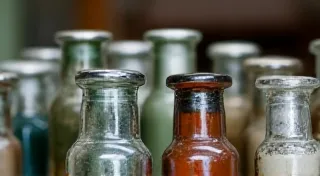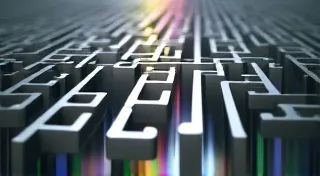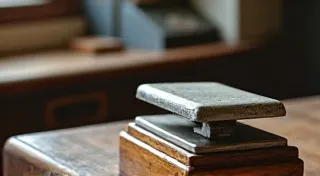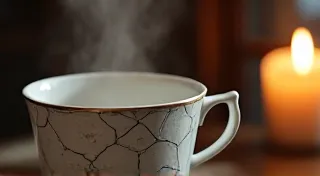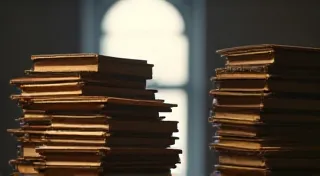Steel and Sentiment: The Typewriter as a Portrait of an Era
There's a particular scent that clings to old typewriters – a blend of oiled steel, aged paper, and a subtle, almost melancholy fragrance of time. It's a scent that transports me, instantly, to a world of sharply dressed clerks, bustling offices, and the rhythmic clatter of keys dictating the course of history. The typewriter isn't just office equipment; it’s a portal to a bygone era, a tangible echo of the ambitions and anxieties of its age. More than just mechanical devices, early typewriters are exquisitely crafted artifacts that reveal a great deal about the values and aesthetics of their time.
The Birth of a Mechanical Voice
The quest to mechanize writing didn’t begin with a single inventor, but rather a gradual accumulation of ideas. Numerous individuals experimented with early writing machines throughout the 18th and 19th centuries, but Christopher Latham Sholes, Carlos Glidden, and Samuel Soule are most often credited with developing the first commercially successful typewriter, patented in 1868 and manufactured by E. Remington and Sons (famous for their firearms). It’s ironic, isn't it, that a company known for weaponry should play such a pivotal role in the proliferation of written communication. The early Remington models, often nicknamed “literary pianos,” were far from perfect. Their QWERTY layout, initially designed to prevent type bars from clashing, felt clumsy and inefficient. Yet, even in their awkwardness, they represented a radical shift – democratizing writing and opening avenues for women in the workforce.
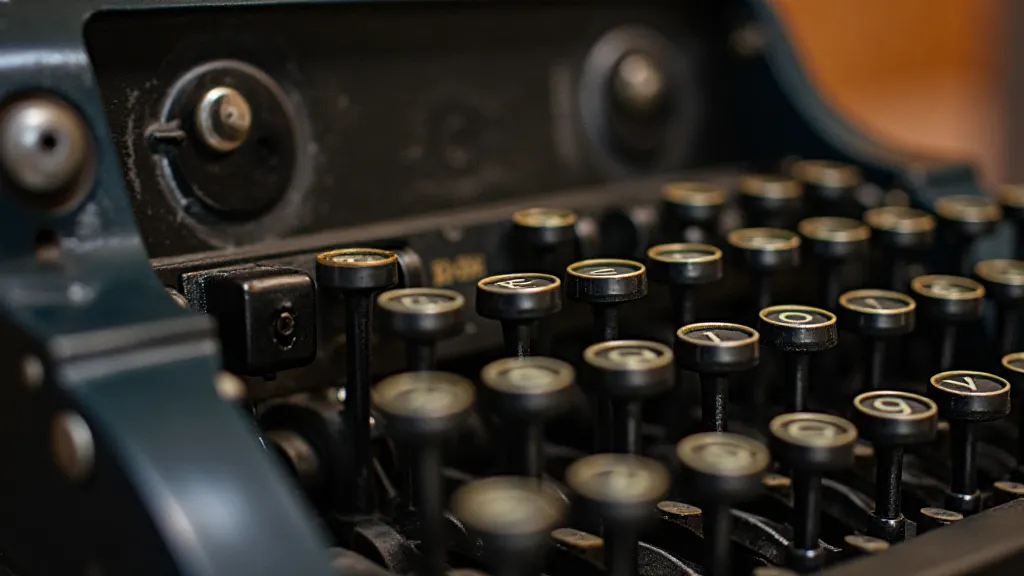
Imagine the scene: a young woman, perhaps, entering a world previously dominated by men. The typewriter offered her a degree of independence and a means of contributing to the burgeoning industrial landscape. It’s a poignant detail, lost to many in our digital age – the typewriter’s role in broadening opportunity. My grandmother, a fiercely independent woman who defied many societal expectations, told me stories of her first job as a typist in the 1920s. She spoke with a mixture of pride and nostalgia, remembering the satisfying *thunk* of the keys and the camaraderie amongst her fellow typists. The typewriter wasn’t just a machine; it was a symbol of empowerment.
Evolution in Design: From Victorian Grandeur to Streamlined Efficiency
The aesthetic of early typewriters reflected the prevailing Victorian sensibilities: ornate, heavy, and imbued with a sense of permanence. Cast iron was the material of choice, lending a robust feeling of durability. The early Underwood models, introduced in the late 1890s, marked a significant departure. They shifted to a front-typewriter design, making it easier for both the typist and the recipient to view the text as it was being created. This simple change had a profound impact on usability and contributed to the typewriter's widespread adoption.
The early 20th century witnessed a gradual shift towards a more streamlined and functional aesthetic. The influence of the Art Deco movement is readily apparent in the 1920s and 1930s models: sleek lines, geometric patterns, and a focus on efficiency. The Smith Corona models, known for their elegant curves and innovative features, epitomized this era. Manufacturers began to experiment with new materials, including aluminum and other alloys, reducing weight and improving portability.
The Craftsmanship of an Era
What truly sets early typewriters apart is the meticulous craftsmanship evident in every component. Each type bar was carefully shaped and precisely positioned. The intricate mechanisms, involving levers, springs, and gears, were assembled with remarkable skill. Consider the sheer number of individual parts – hundreds, even in the simpler models – all working in harmony to produce legible text. There was a pride in workmanship that is often absent in mass-produced goods today.
Restoring a vintage typewriter is a testament to this bygone era of precision engineering. It's a process of careful disassembly, cleaning, lubrication, and replacement of worn parts. It requires patience, a keen eye for detail, and a deep appreciation for the machine's original design. I recall spending countless hours meticulously cleaning the keys of a 1930s Underwood, marveling at the complexity of its inner workings. It felt like uncovering a hidden treasure, a tangible link to the past.
The scarcity of original parts can be a challenge for restorers. Many rely on salvaged parts from other machines or, in some cases, custom-made replacements. The availability of skilled technicians who understand the intricacies of these machines is also dwindling, making restoration a labor of passion rather than simply a repair task.
The Typewriter's Decline and Enduring Appeal
The rise of personal computers and word processing software in the late 20th century ultimately signaled the typewriter’s decline as a mainstream office tool. Yet, its appeal has not diminished. Indeed, a renewed interest in vintage technology, fueled by a desire for tactile experiences and a yearning for a simpler, more deliberate approach to writing, has led to a thriving market for collectible typewriters.
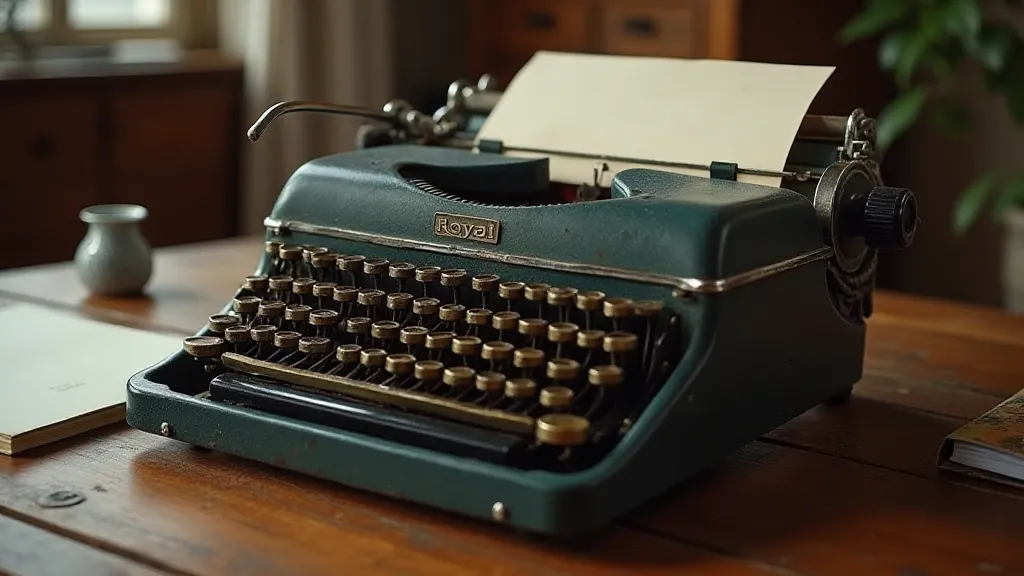
For some, it’s the tangible connection to a different time that draws them to typewriters. For others, it's the satisfaction of producing a physical document, free from the distractions of the digital world. The imperfections – the occasional misaligned character, the subtle variations in ink density – add character and charm. There’s something uniquely satisfying about the *ding* of the carriage return, a small but significant punctuation mark at the end of a completed thought.
Collecting typewriters can be an incredibly rewarding hobby. From the ornate Victorian models to the sleek mid-century designs, each machine tells a story. The hunt for rare or unusual models can be a thrilling adventure. And the opportunity to preserve a piece of history, to ensure that these beautiful machines continue to inspire future generations, is a privilege.
The typewriter may no longer be the primary means of creating written documents, but its legacy endures. It remains a powerful symbol of creativity, ingenuity, and the enduring human desire to communicate. And as long as there are those who appreciate the beauty of craftsmanship and the charm of the past, the typewriter will continue to resonate as a portrait of an era.

